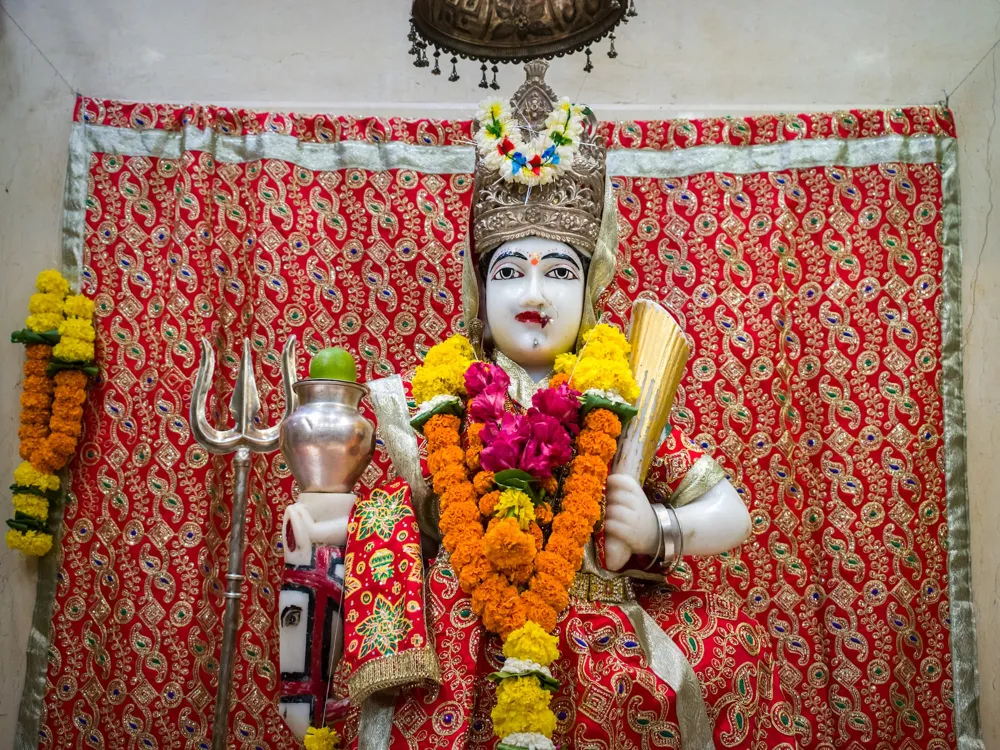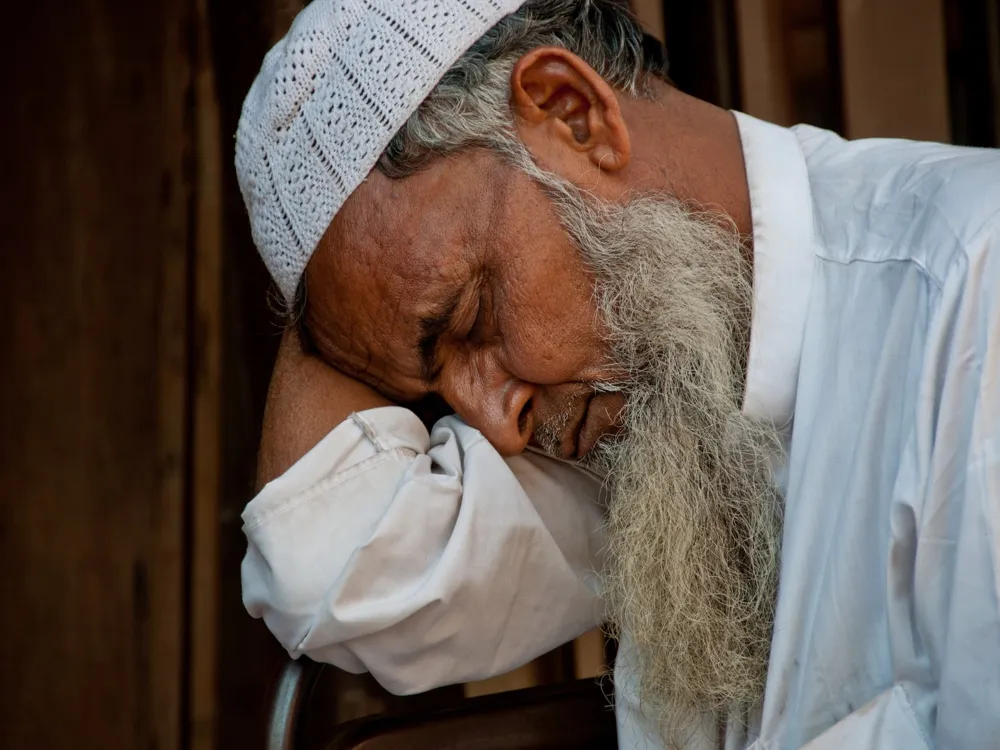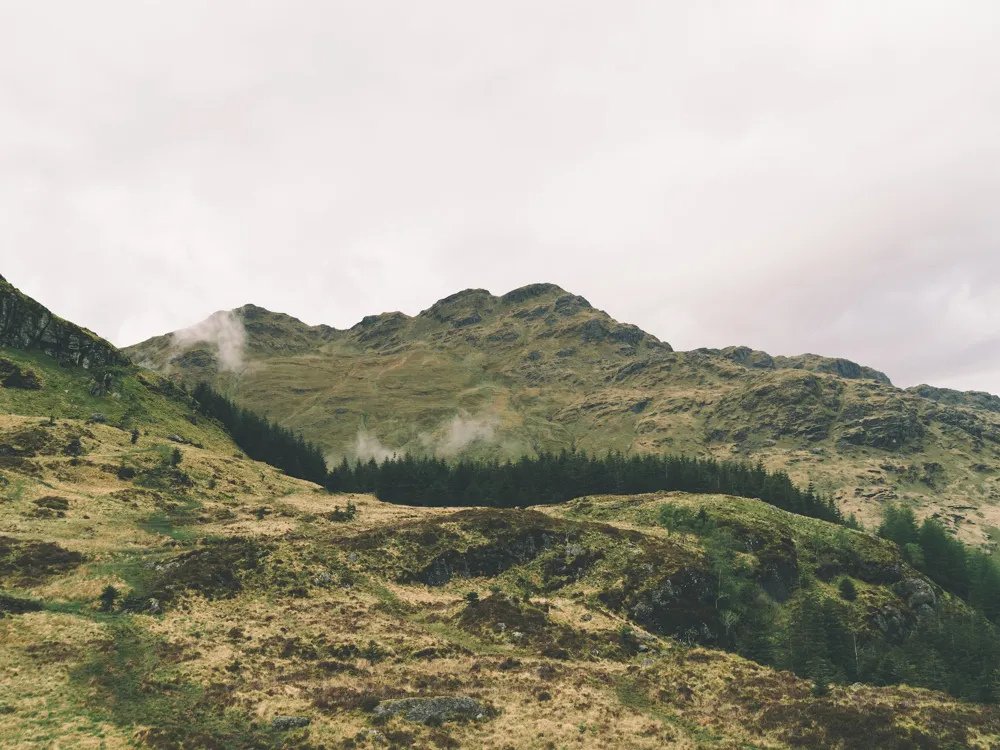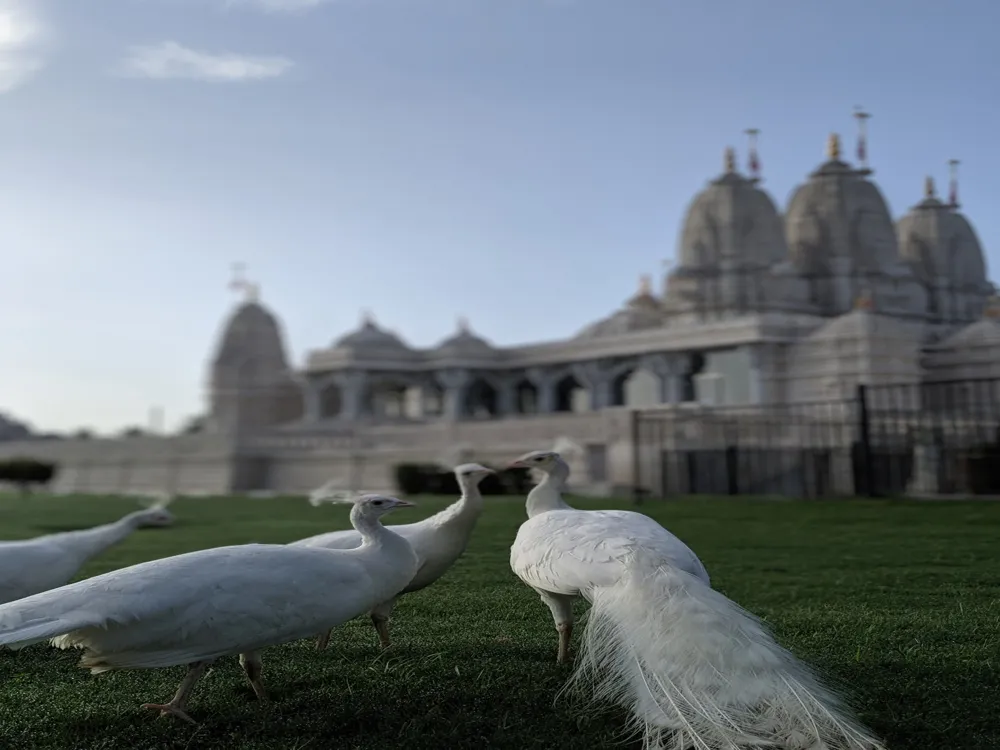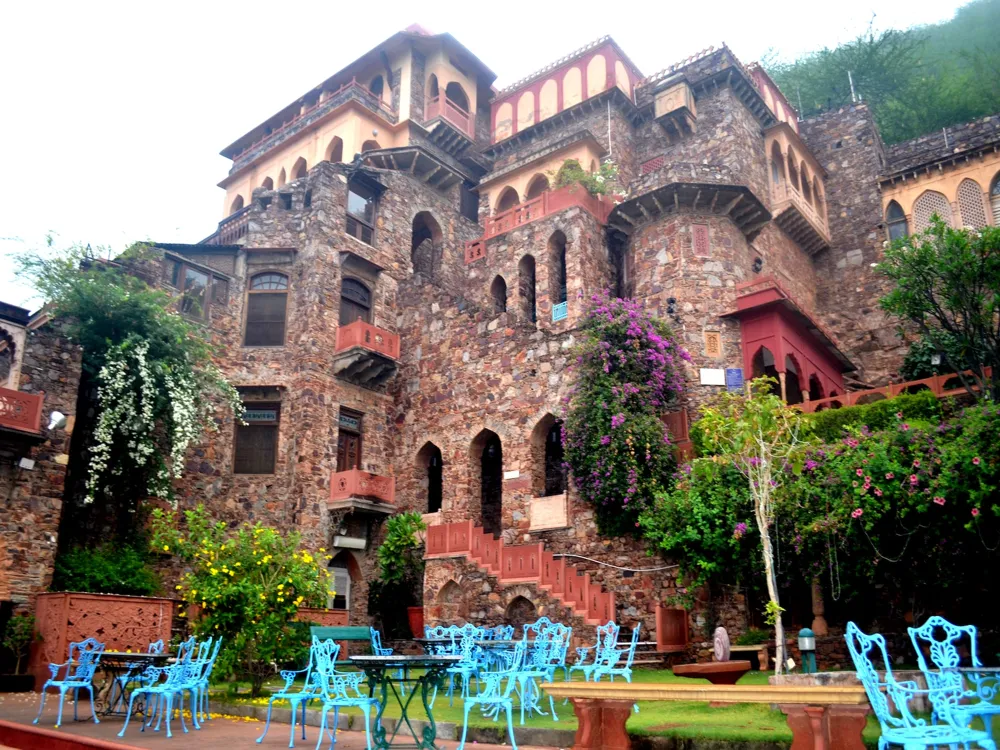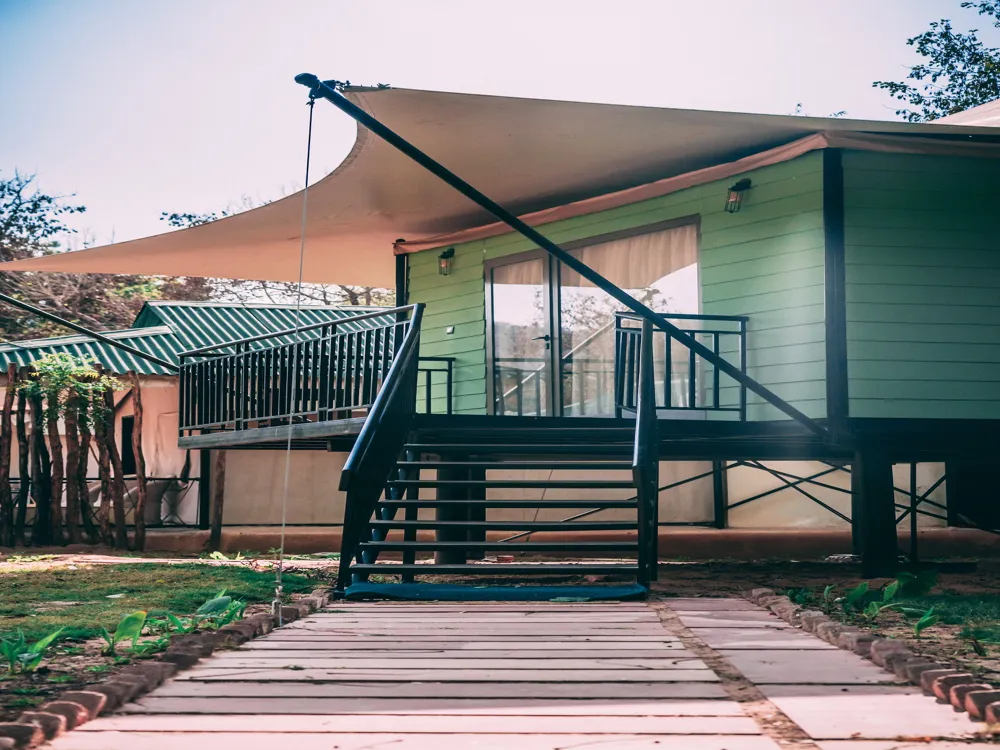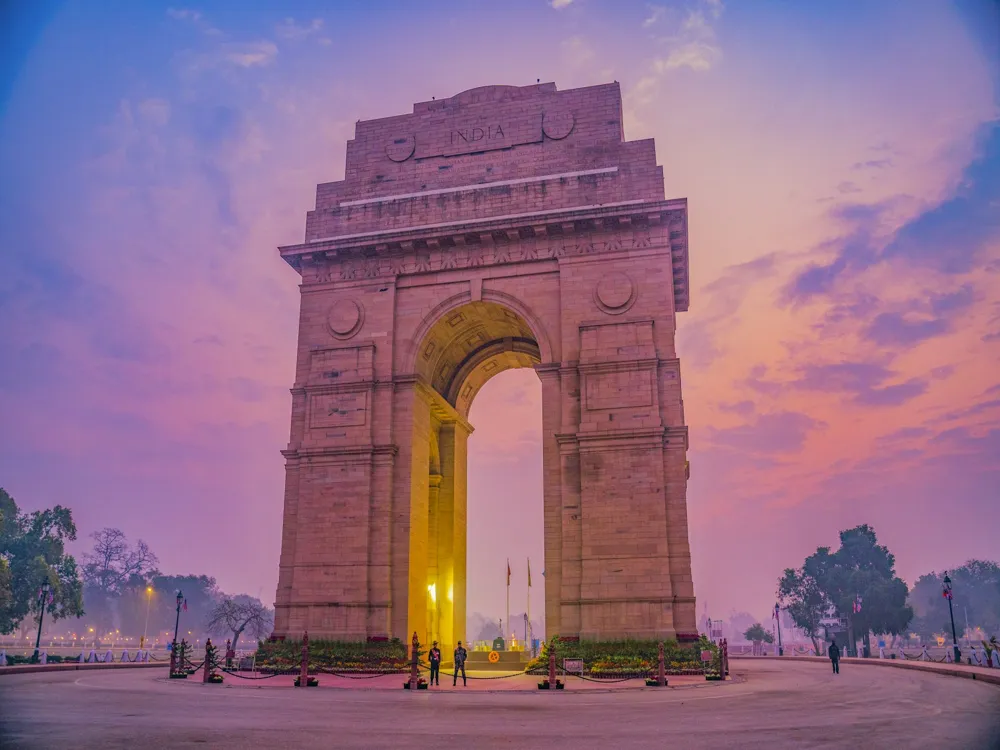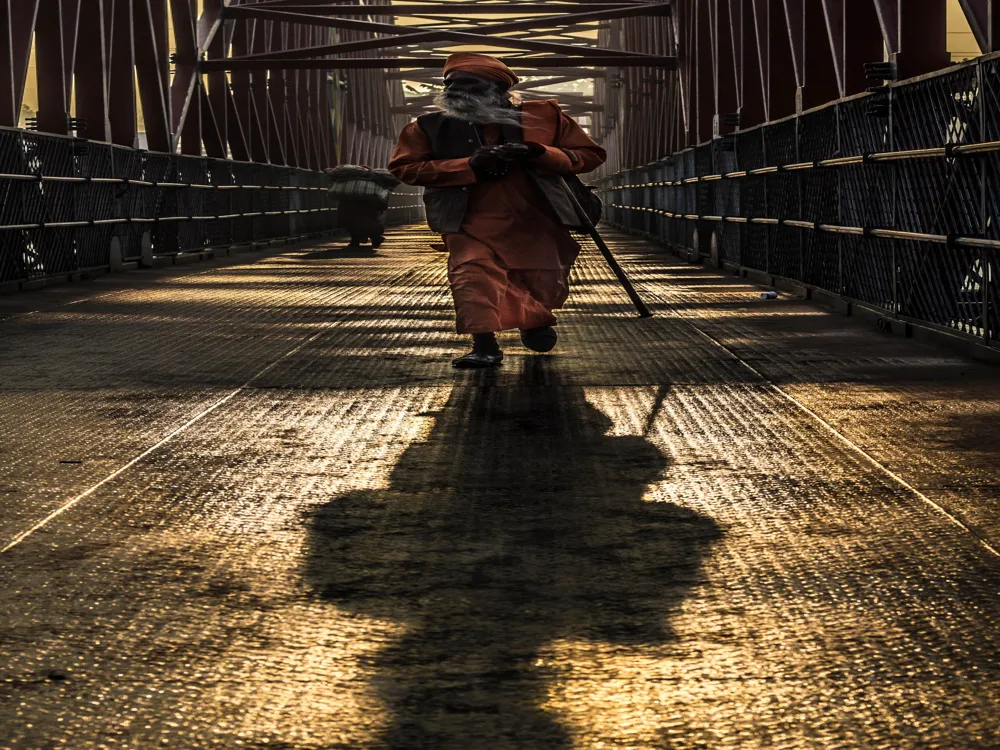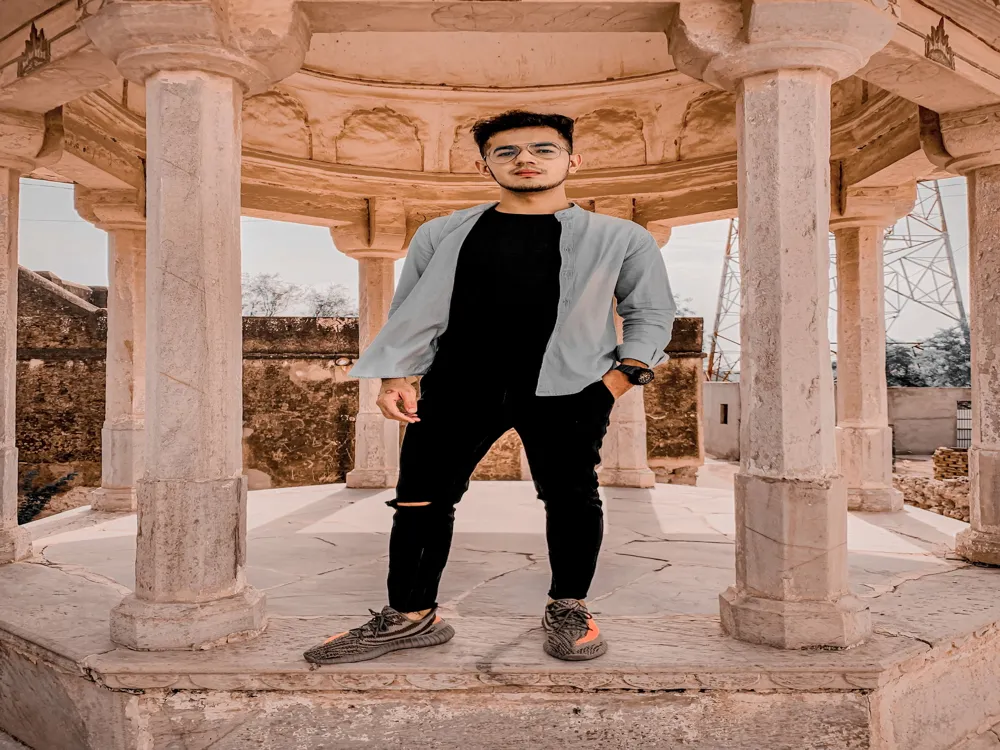The Tomb of Ibrahim Khan Sur, a historical marvel located in Narnaul, Haryana, stands as a testament to the architectural ingenuity of the 16th century. This tomb was built in honor of Ibrahim Khan, a notable general in the army of Sher Shah Suri, the founder of the Sur Dynasty. The tomb is renowned for its blend of Indo-Islamic architecture, reflecting the cultural amalgamation of the period. The site holds immense historical significance, marking an era of architectural evolution and political history in India. The tomb's construction began in 1573 under the patronage of Akbar, the great Mughal Emperor, and was completed in 1591. It presents a unique architectural style that combines elements from Persian, Timurid, and Indian architectural traditions. The tomb's strategic location in Narnaul, an ancient town with a rich history, adds to its historical significance. The town served as an important political and trade center during the medieval period, under the rule of various dynasties, making the tomb an essential piece in the puzzle of India's rich historical narrative. The architecture of the Tomb of Ibrahim Khan Sur is a splendid example of the fusion of Indian and Persian styles. The tomb, built primarily of red sandstone and marble, stands on a high platform, surrounded by a charbagh - a four-quadrant garden typical of Mughal architecture. The structure is adorned with intricate carvings, jali work (lattice screens), and inlay work, showcasing the exquisite craftsmanship of the artisans of that era. The main mausoleum is octagonal, a unique feature distinguishing it from other Mughal-era tombs, which were typically square or rectangular. Each side of the octagon features a grand arched entrance, leading to the central burial chamber. The chamber houses the cenotaph of Ibrahim Khan, intricately carved and inscribed with calligraphy. Above the tomb, a majestic dome, characteristic of Islamic architecture, dominates the skyline. The dome is flanked by small chhatris (canopied pavilions), adding to the aesthetic grandeur of the structure. When planning a visit to the Tomb of Ibrahim Khan Sur, consider the local weather conditions. The best time to visit is between October and March when the climate is pleasant. Start your day early to avoid the afternoon heat and to experience the serene beauty of the tomb in the softer morning light. As a historical monument, it's crucial to respect the site. Avoid touching the delicate carvings and inscriptions. Photography is allowed, but the use of flash or tripods might be restricted in certain areas. Maintain decorum and dress modestly, as it is a site of historical and cultural significance. The area surrounding the tomb is rich in history. Allocate time to explore nearby attractions such as the Chatta Rai Bal Mukund Das, Birbal Ka Chhatta, and the Jal Mahal. These sites offer a glimpse into the region's splendid historical and architectural heritage. To reach the Tomb of Ibrahim Khan Sur in Narnaul, Haryana, visitors have multiple options. The nearest airport is Indira Gandhi International Airport in Delhi, about 135 kilometers away. From Delhi, you can hire a taxi or take a bus to Narnaul. If you prefer trains, Narnaul has a railway station with good connectivity to major cities in India. For those driving, the tomb is accessible via National Highway 48, making it a convenient road trip from surrounding cities. Read More:Overview of Tomb of Ibrahim Khan Sur, Narnaul, Haryana
Architecture of Tomb of Ibrahim Khan Sur
Tips When Visiting Tomb of Ibrahim Khan Sur
Planning Your Visit
Respecting the Site
Exploring the Surroundings
How To Reach Tomb of Ibrahim Khan Sur
Tomb of Ibrahim Khan Sur
Narnaul
Haryana
NaN onwards
View narnaul Packages
Narnaul Travel Packages
View All Packages For Narnaul
Top Hotel Collections for Narnaul

Private Pool

Luxury Hotels

5-Star Hotels

Pet Friendly
Top Hotels Near Narnaul
Other Top Ranking Places In Narnaul
View All Places To Visit In narnaul
View narnaul Packages
Narnaul Travel Packages
View All Packages For Narnaul
Top Hotel Collections for Narnaul

Private Pool

Luxury Hotels

5-Star Hotels

Pet Friendly







